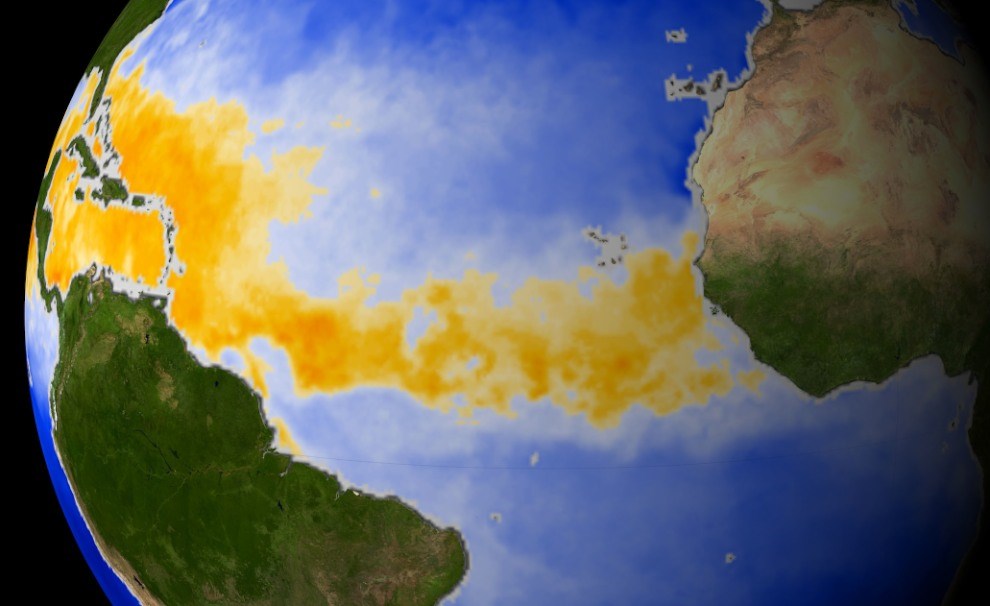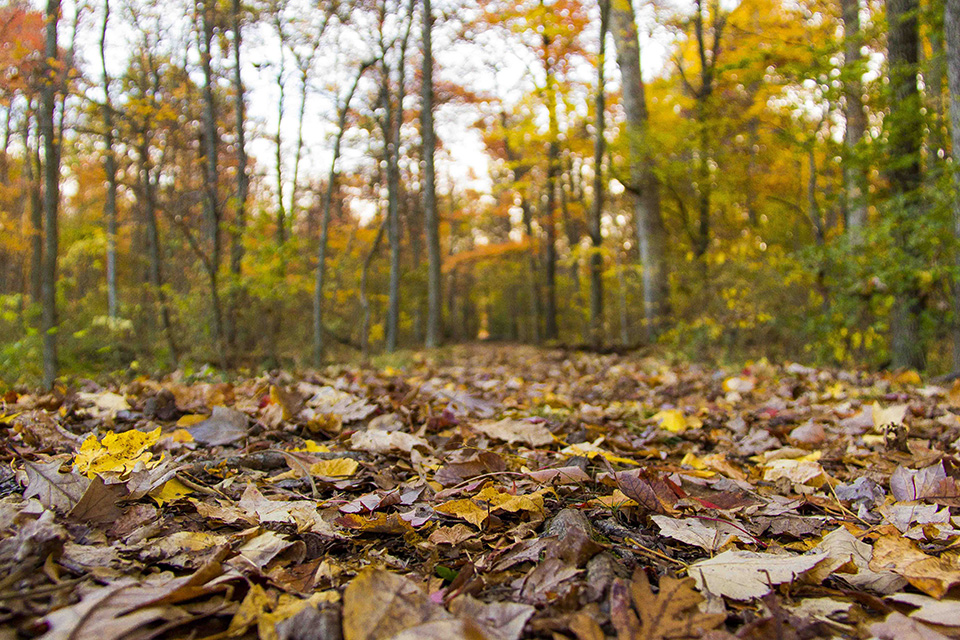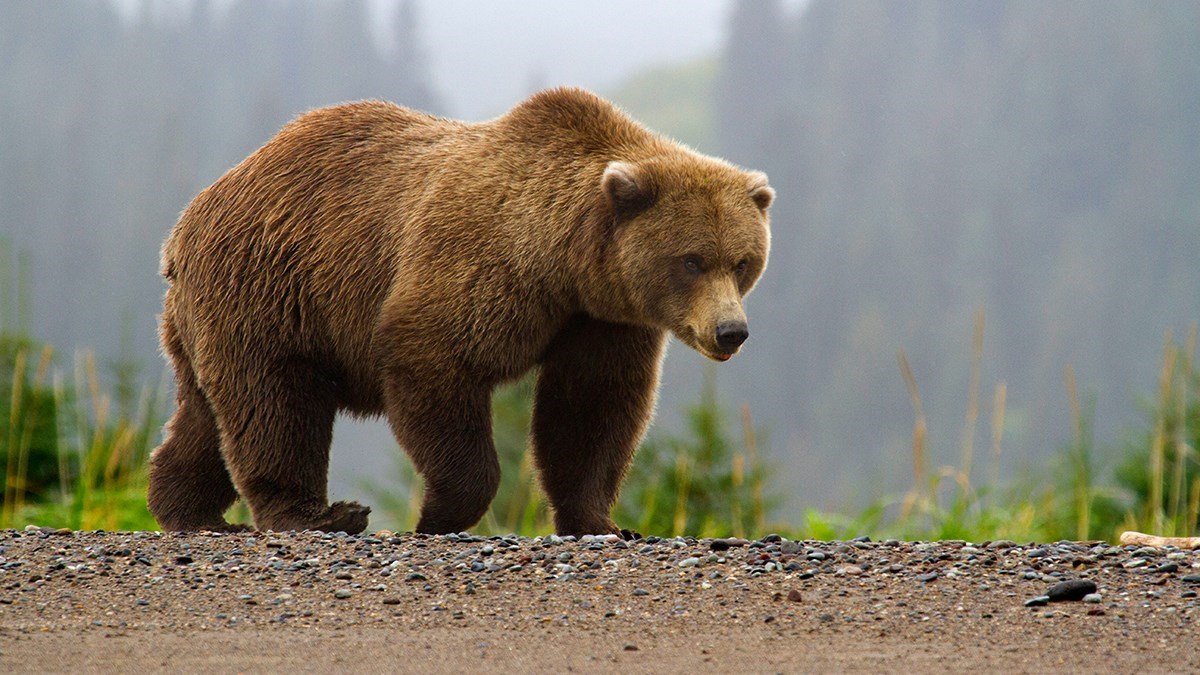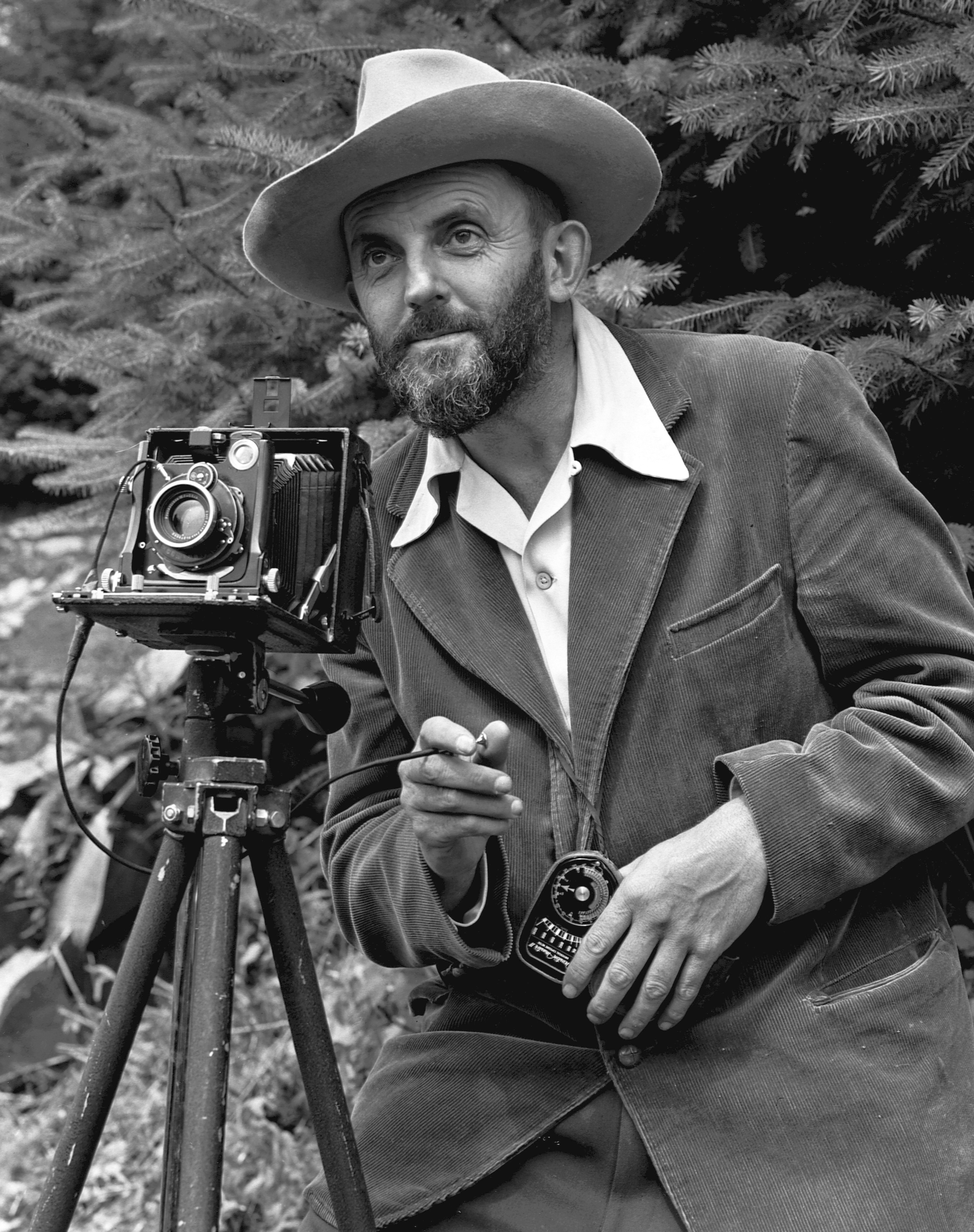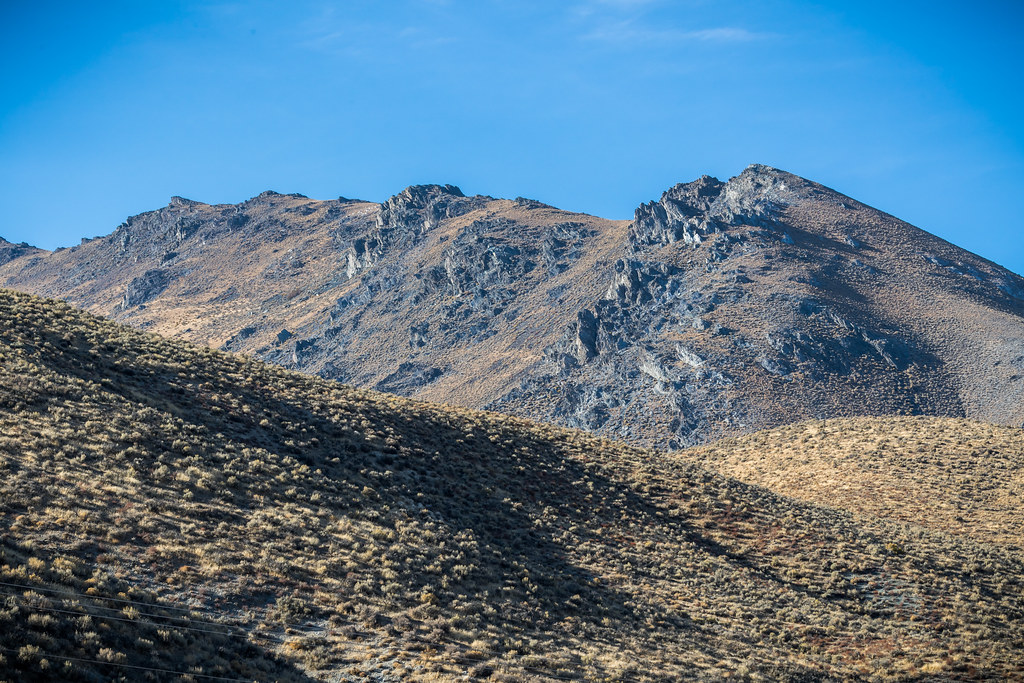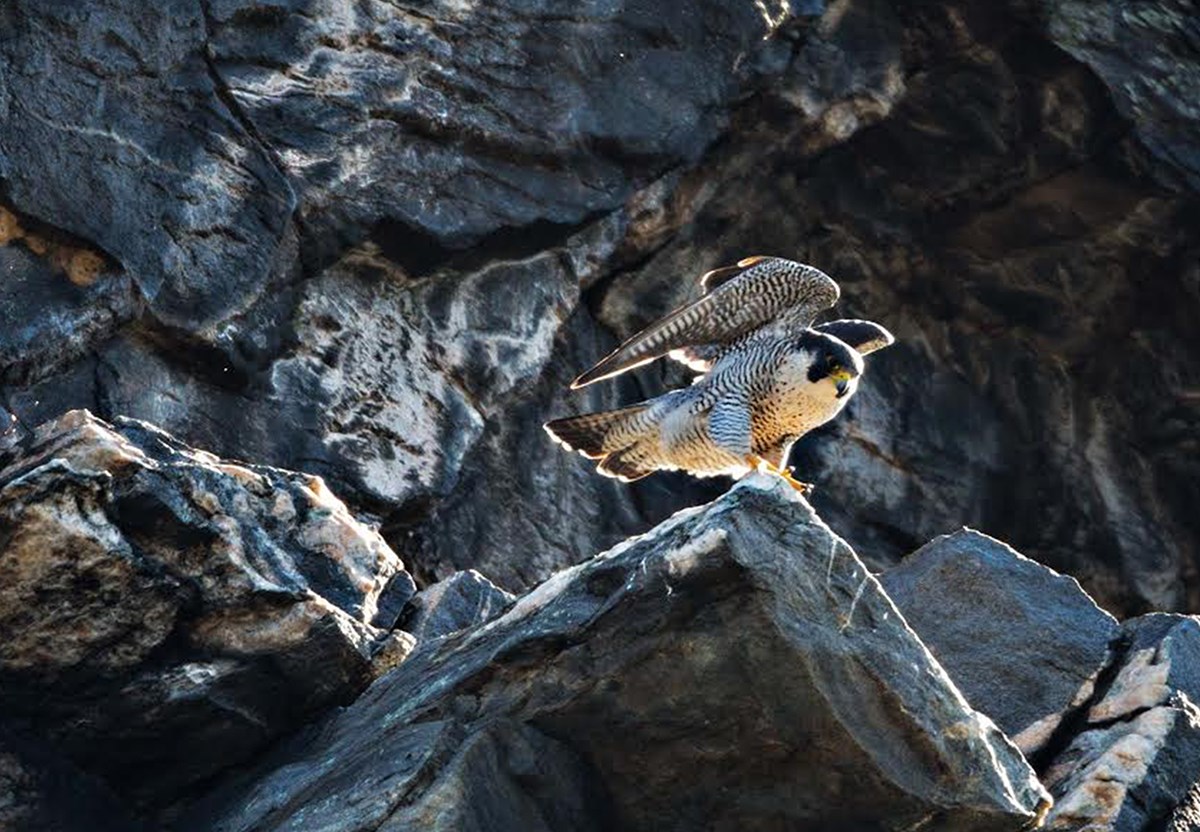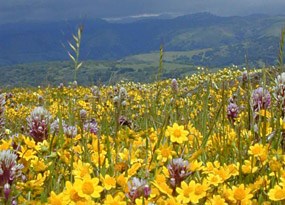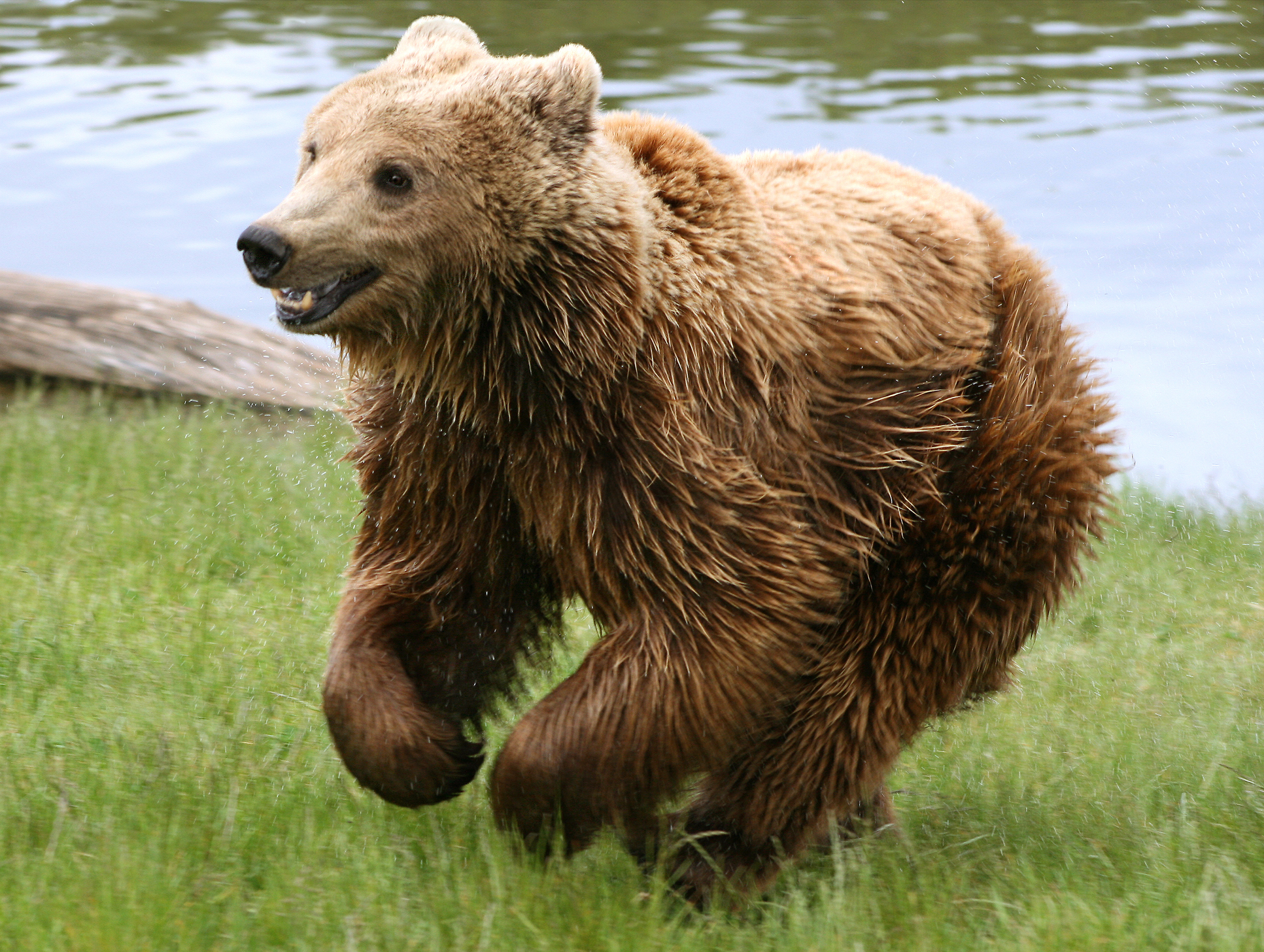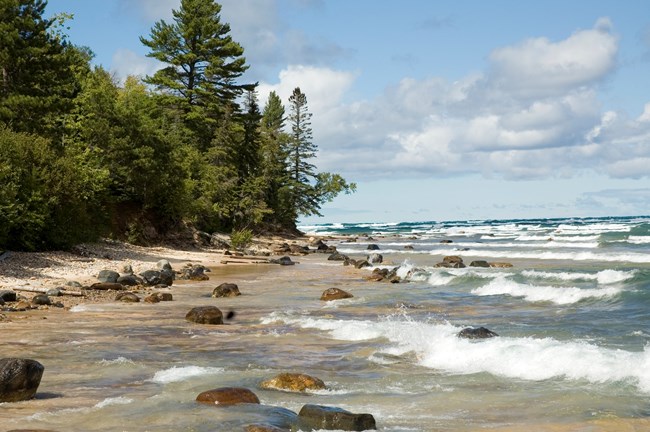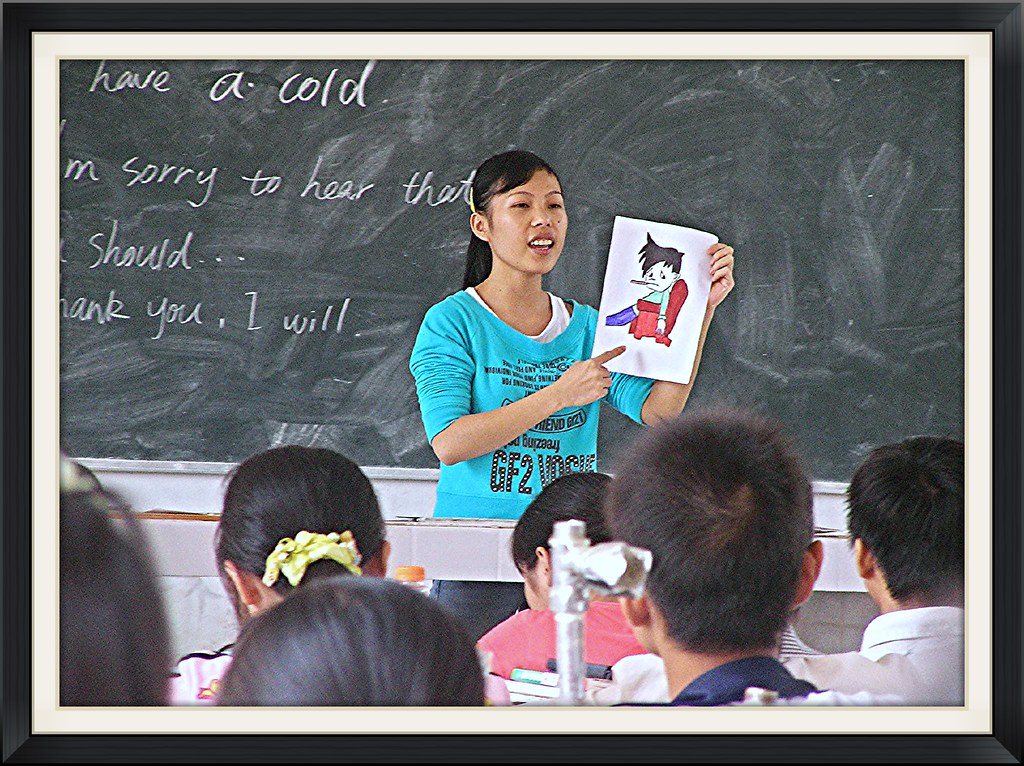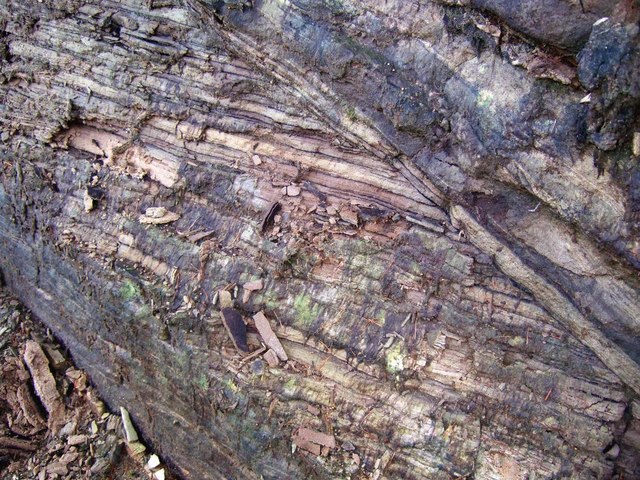STEM
History of Science
In its September 24, 2019 issue, the British journal Nature announced a series of essays by historians of science on "How did we get here from there? (with 'there' being 'science in 1869', the year Nature began publishing, and 'here' being science in 2019.)
The motivation for this series is found in the sentence, "We ignore our past at our peril."
I may provide summaries of (some of) these and decided after reading the first entry--Discovery is Always Political--to give the first a try but I urge you to read it in full. In this essay, David Kaiser, a historian of science at MIT, traces the roots of government support for science.
Kaiser starts with Galileo's optick tube or spyglass, a device he didn't invent but vastly improved (1609). The Venetian senate asked for a demonstration and "voted immediately to grant Galileo an appointment for life at the University of Padua in Italy."
Jump ahead 250 years when astronomer Norman Lockyear founded Nature in 1869.It had been preceded by a period of private funding for laboratories, including the Royal College of Chemistry, by "prominent British politicians who were convinced that the advancement of 'fundamental scientific understanding" would be advanced by "precision measurements and spur industrial development." The Second Industrial Revolution beginning in 1870, "demanded standard units and measures."
The "British were playing catch-up to Germany" which had "invested heavily in academic research across the natural sciences," including "the establishment of...the Physikalisch-Technische Reichsanstalt in Berlin in 1887...to accelerate work at the intersection of basic science, applied research and industrial development." There, while evaluating "competing proposals for large-scale street lighting...measurements of radiation output from various devices," led to a change in physical theory and Max Planck's 'first, tentative steps towards quantum theory."

With the formation of the of the Austro-Hungarian empire (1867), "the imperial authorities launched epic efforts in meteorology and climatology." The aim was to understand large-scale patterns in terms of local patterns. This is the subject of a new book by historian of science Deborah Coen (Climate In Motion: Science, Empire, and the Problem of Scale) which is reviewed by Mott Greene in Nature.
Tsar Alexander II (Russia) issued a series of proclamations (beginning in 1861) that came to be known as the Great Reforms," a modernization project that freed the serfs and overhauled 'the state-run, as well as changes to regional governments and the judicial system." This provided new opportunities for scientists such as Dmitri Mendeleev" whose name we associate with the periodic table of the elements, first published in 1869.
In the far east, "the Meiji Restoration of 1868 (Japan) marked a period of opening up for the formerly isolated country." Government investments were made in manufacturing" and "fellowships to send students abroad to study."
During this period, the US lagged science elsewhere. Kaiser notes that "the timing was far from promising for new investment. The bloodiest conflict in US history sputtered to an end in 1865, punctuated by the assinadtion of President Lincoln. (More US soldiers died during the civil war than during the First and Second Word Wars and the war in Korea, Vietnam, Afghanistan and Iraq combined.)" It was only "in the early 1940s, amid emergency wartime mobilization, did the US federal government undertake large-scale support for research and development." After World War II "spending on science became an investment in hearts and minds." This led to the training of students, development of "a national laboratory system and supported a broad spectrum of research at universities."
"(I)n 1969, military auditors in the United States released...Project Hindsight" which found "that the federal defense agencies has received a poor return on their investment in open-ended in science." This report led to an "amendment to the federal Military Authorization Act of 1970. It stipulated that no funds from the Department of Defense could be used 'to carry out any research project of study' that did not have 'a direct and apparent relationship to a specific military function'."

Currently, these "hybrid patterns of support still depend heavily on central-government funding" but Kaisere writes that "fewer than 20 countries currently invest more than 2% of their gross domestic product in research and development. ... In several of those countries...the nature of government support has shifted, often prioritizing projects with short-term goals and practical applications over longer-scale inquiries."
In his introduction to this essay, Kaiser draws attention to Galileo's "knack for convincing government officials and courtly patrons to support his research." He closes with an admonition about the "range of monetary relationships that scientists now navigate" including the courting of equivalents in Galileo's time--the tracking of government legislation and "courting private donors that "we would do well to keep Galileo in mind."





